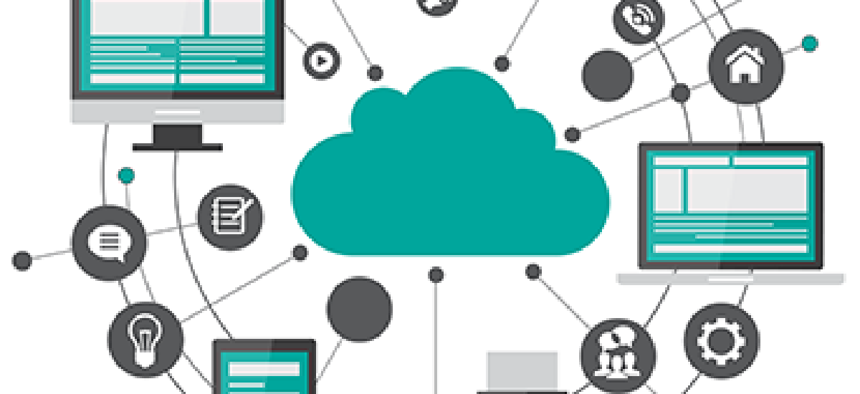FDA plans major IT refresh

The Food and Drug Administration is focusing on cloud and mobility in a coming technology overhaul.

The Food and Drug Administration's last technology overhaul took place in 2007 after a review by an FDA subcommittee criticized the agency's IT systems. To prevent itself from falling behind again, the FDA has devised a strategic IT plan through 2018, with tactical milestones, deadlines and a roadmap for increased mobility.
FDA Deputy CIO Brad Wintermute detailed the plan at the Appian World 2016 conference and said the agency receives 90 percent of its information electronically, has to communicate efficiently across many intra-agency divisions and faces a constantly increasing workload.
To optimize communication and stay on top of its wide-ranging responsibilities, the agency must keep up with digital trends, even if that means fighting cultural resistance head-on.
"Our IT systems now, compared to 2007, are night and day," Wintermute said. "We're really in pretty good shape...but the technology we're using is maybe five years old, and because of the rapid pace and change of technology, that's ancient."
The IT plan's priorities are familiar: quality measured by consumer satisfaction, security and efficiency. But the solutions -- increased mobility, agility, technology refreshes and a move to the cloud -- will require new technology capabilities and skills on the part of agency personnel, Wintermute said.
He called consumer satisfaction "an ever-increasing bar" and said the FDA can demonstrate its commitment and digital competence by delivering on the milestones specified in the plan.
Because the FDA caters to the public and manages sensitive pre- and post-market product data for industry, security must be a top priority, Wintermute said. "We're a target of a lot of organizations...around the world. They want in to get that data -- not just for a trophy, but to actually be able to use it for a competitive advantage."
The mobility roadmap focuses on increasing efficiency by empowering a mobile workforce through a transition from a paper-based information system and a focus on mobile apps.
Increased mobility would allow FDA inspectors to check in and relay pictures, findings and geocoding data and would improve coordination across agency divisions for quicker information sharing.
"We have very few mobile apps in the environment today, but we really want to get to where we're using them across the board," Wintermute said.
However, the FDA first must overcome cultural and financial barriers.
"What we're trying to do through the strategic plan is get building blocks put in place and a change in governance and philosophy," he said.
Overcoming traditional modes of thinking will allow the agency to turn to cloud-based solutions and software as a service first, rather than rely on outdated legacy IT, he added.
Wintermute said FDA officials were initially excited by the prospect of increased digitization but became hesitant once the plans were "actually in writing.... I can see the resistance. It's like, 'Uh-oh, he's serious.'"
He also said that because FDA does not have a separate line item for technology purchases, the agency has established a "pay as you go, pay for your amount of use" model to fund upgrades.


